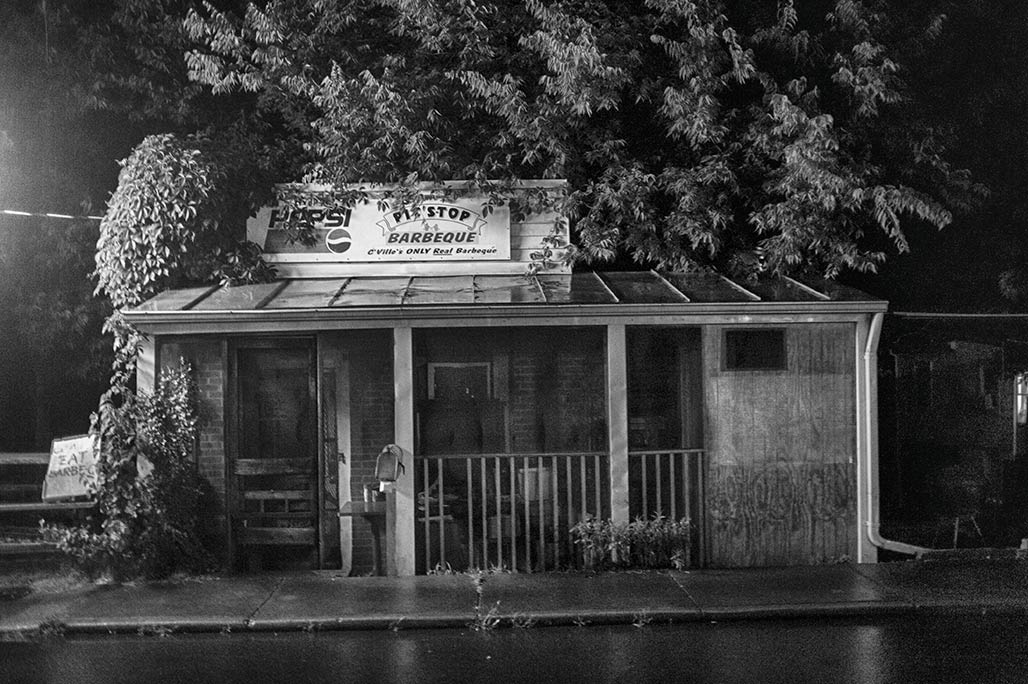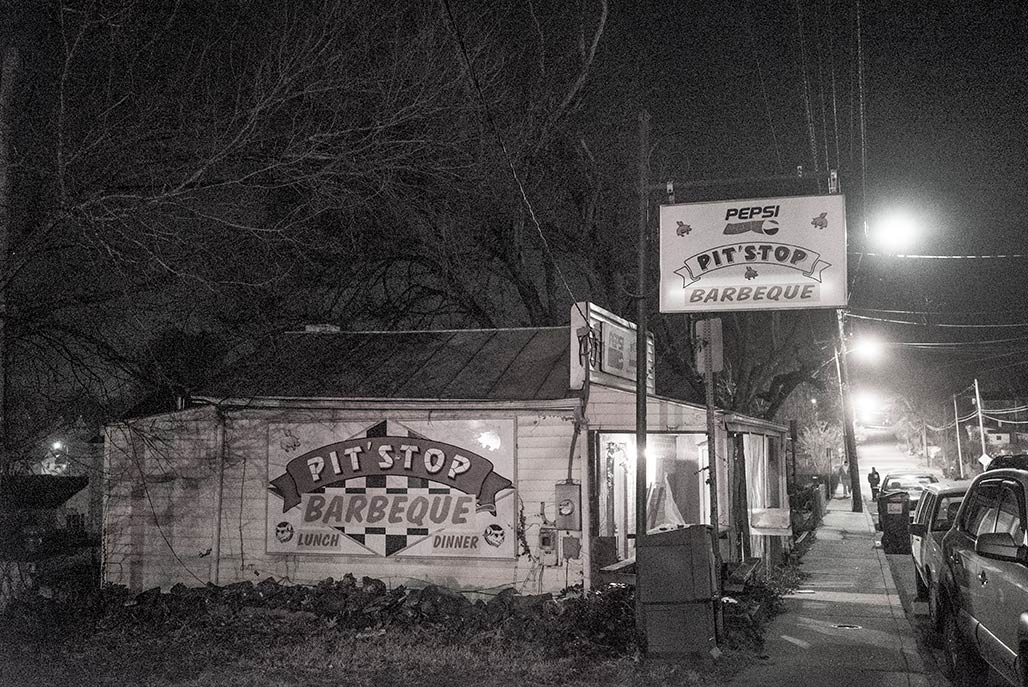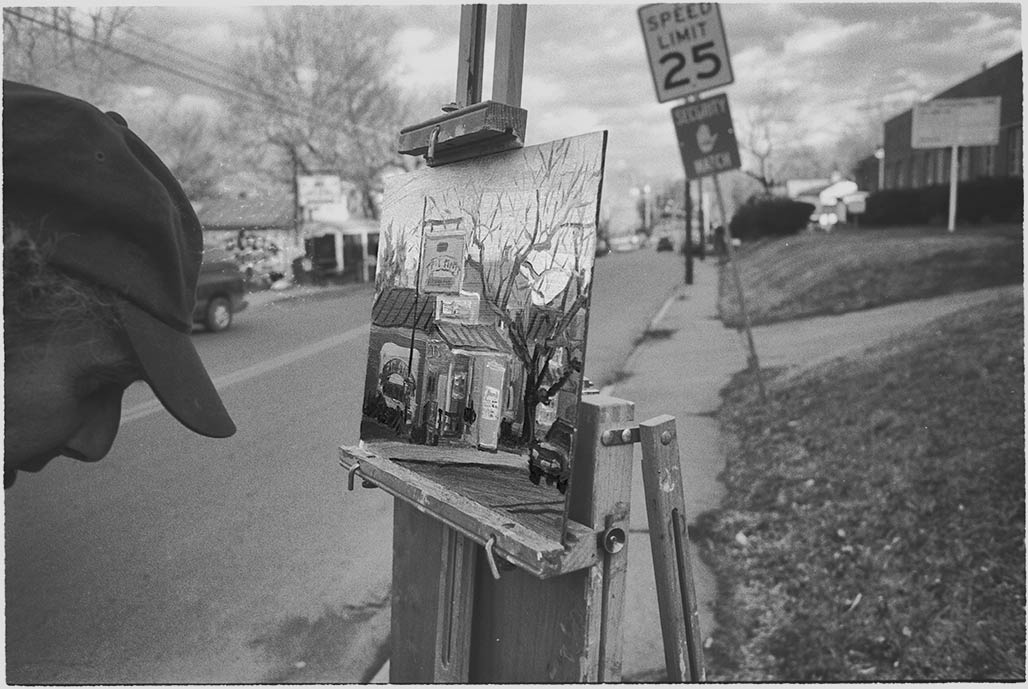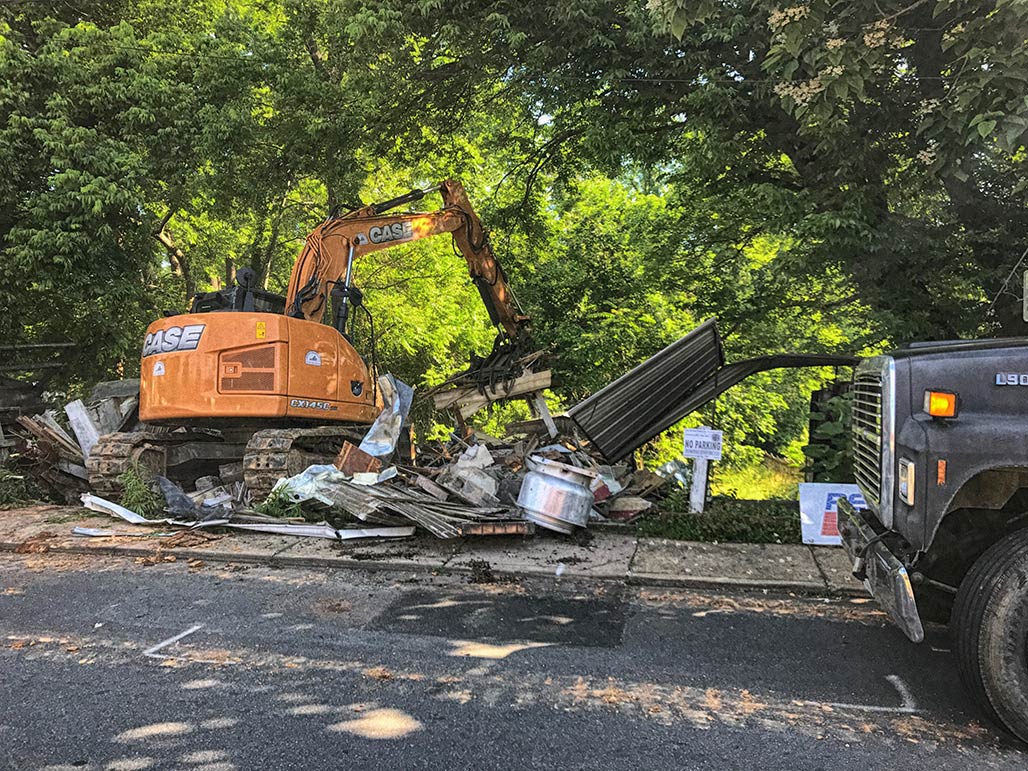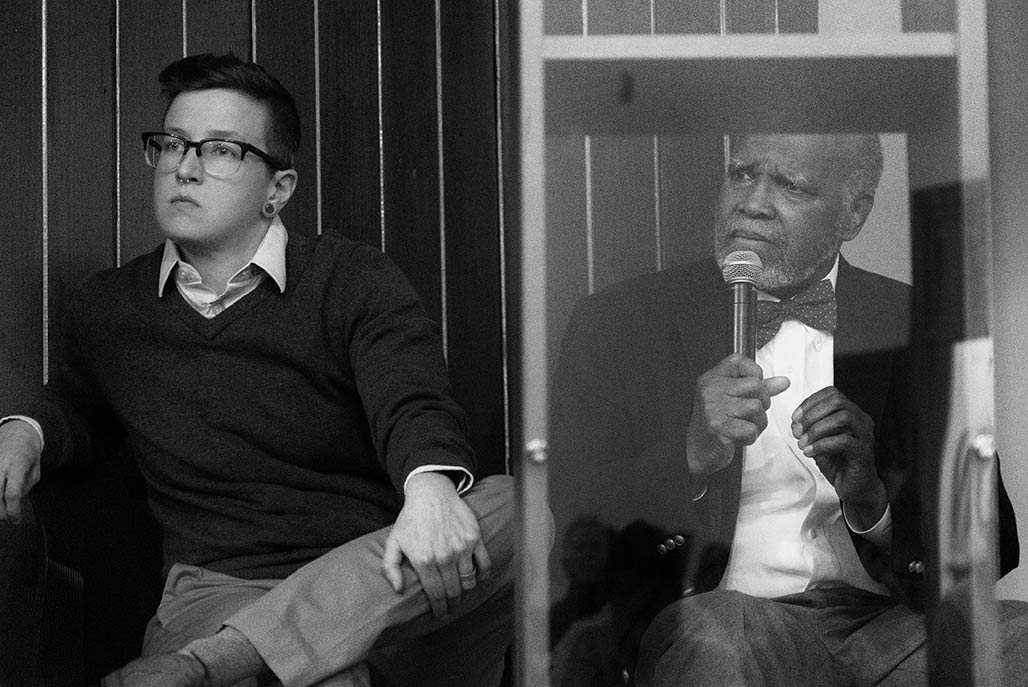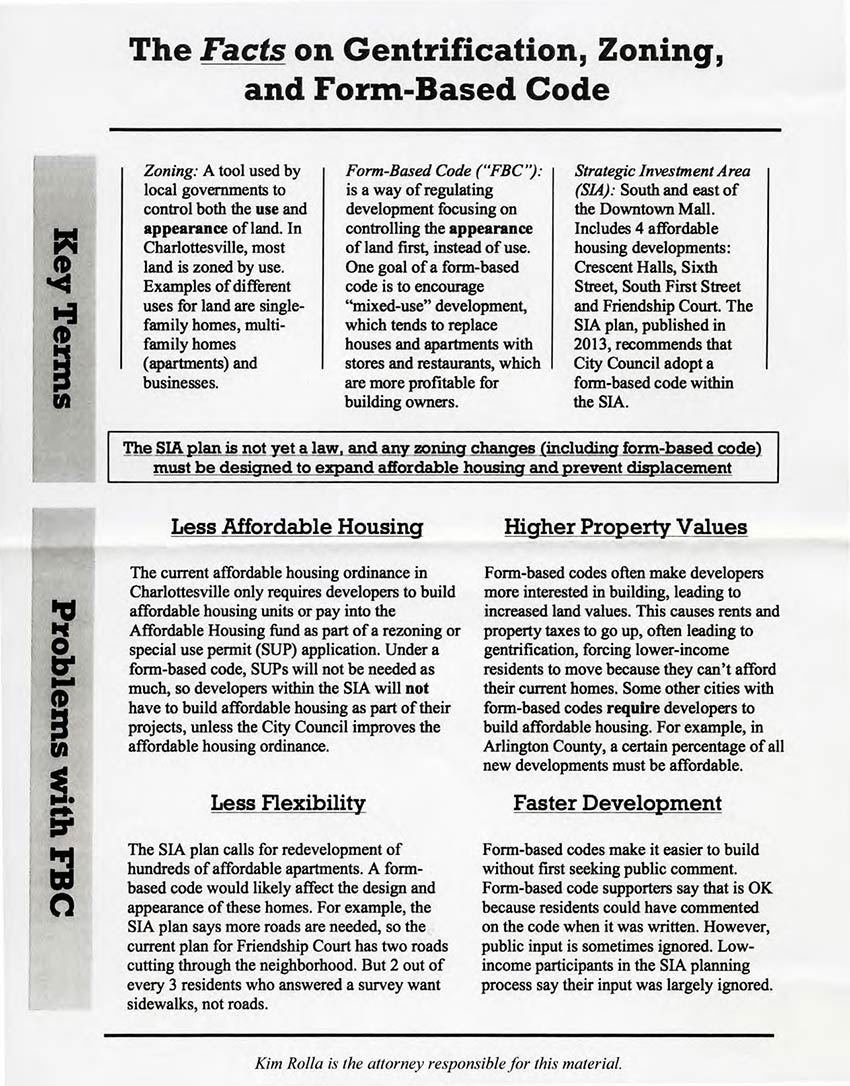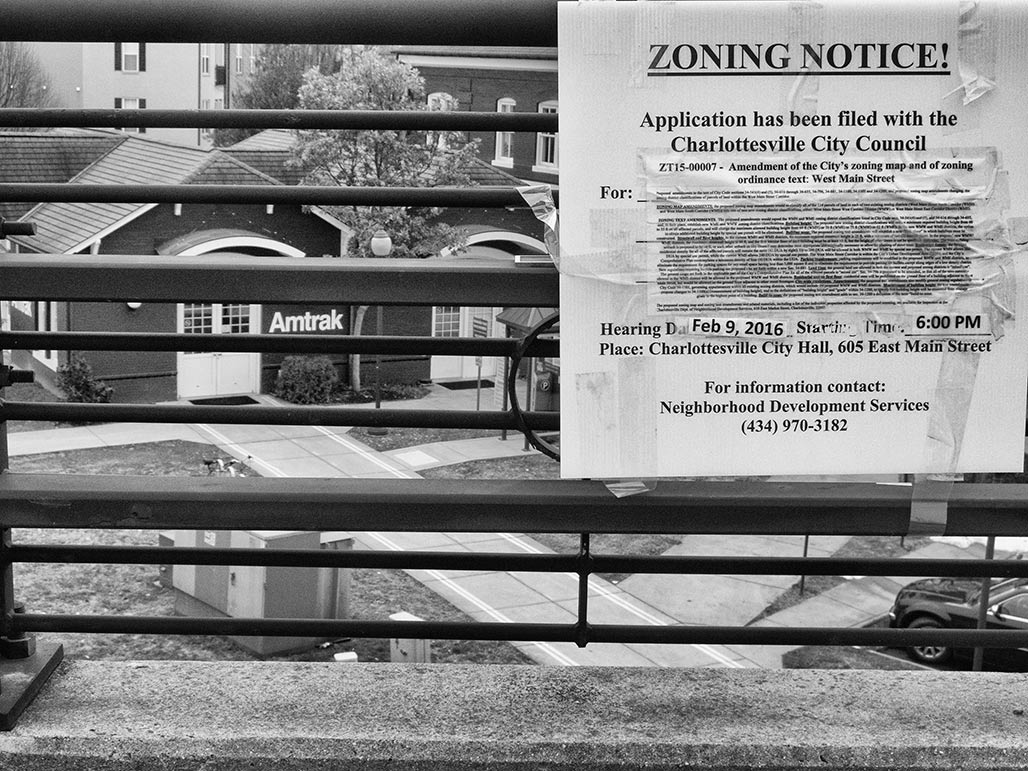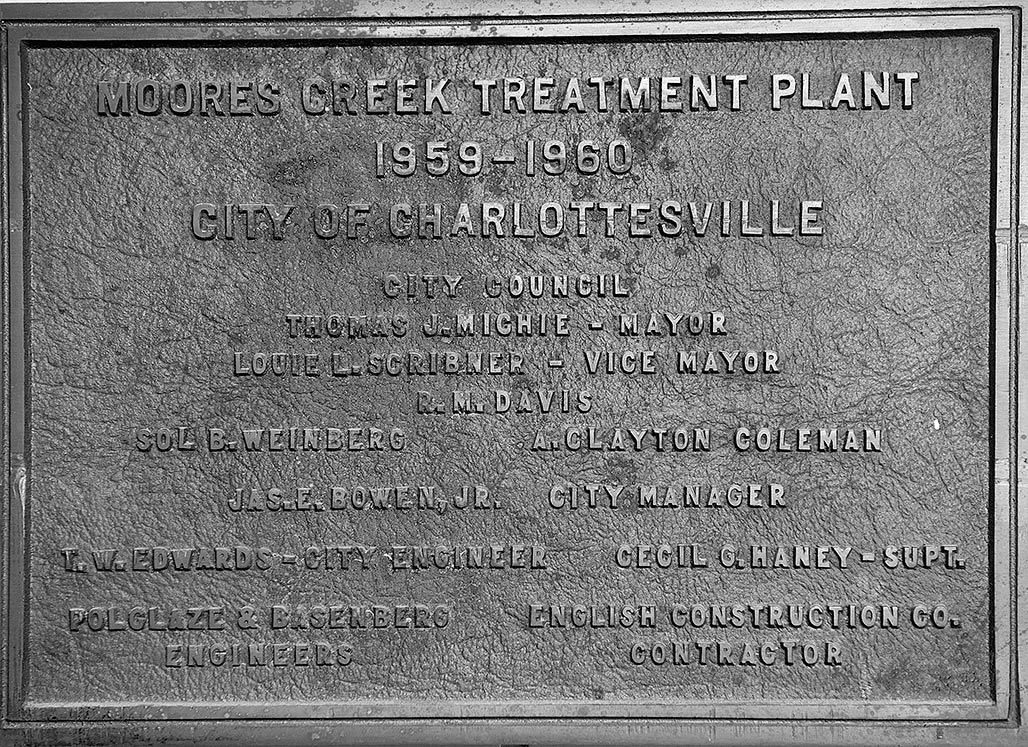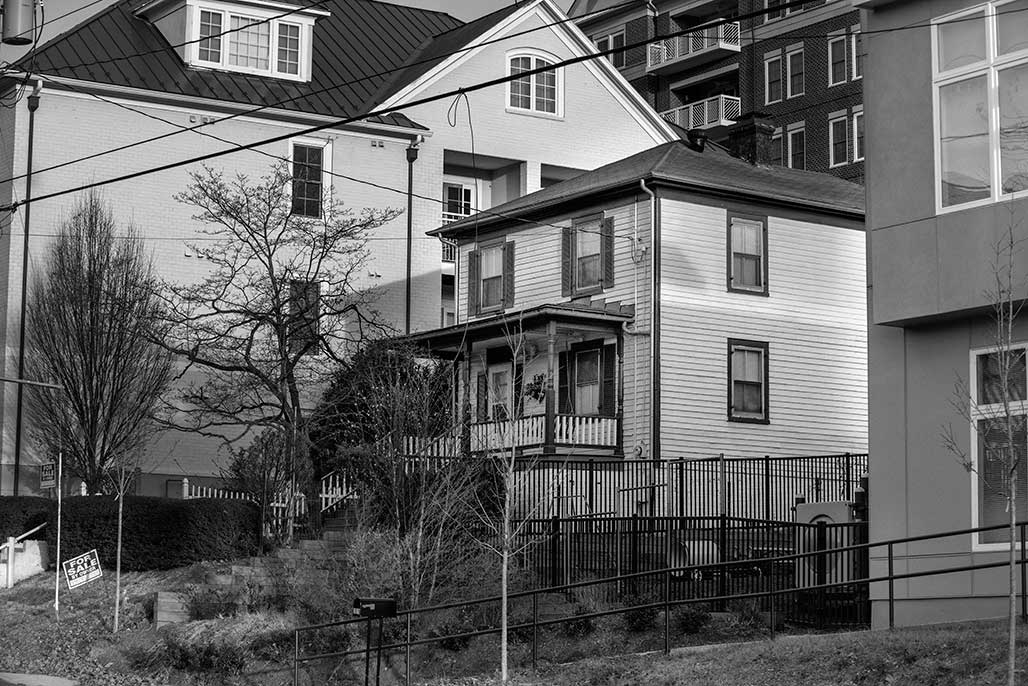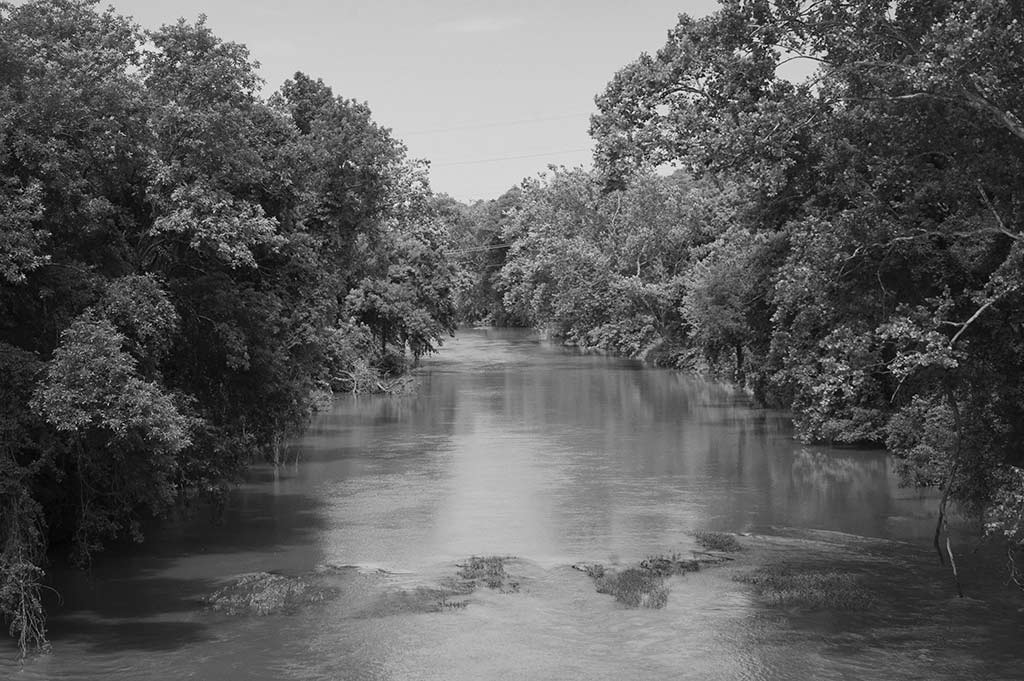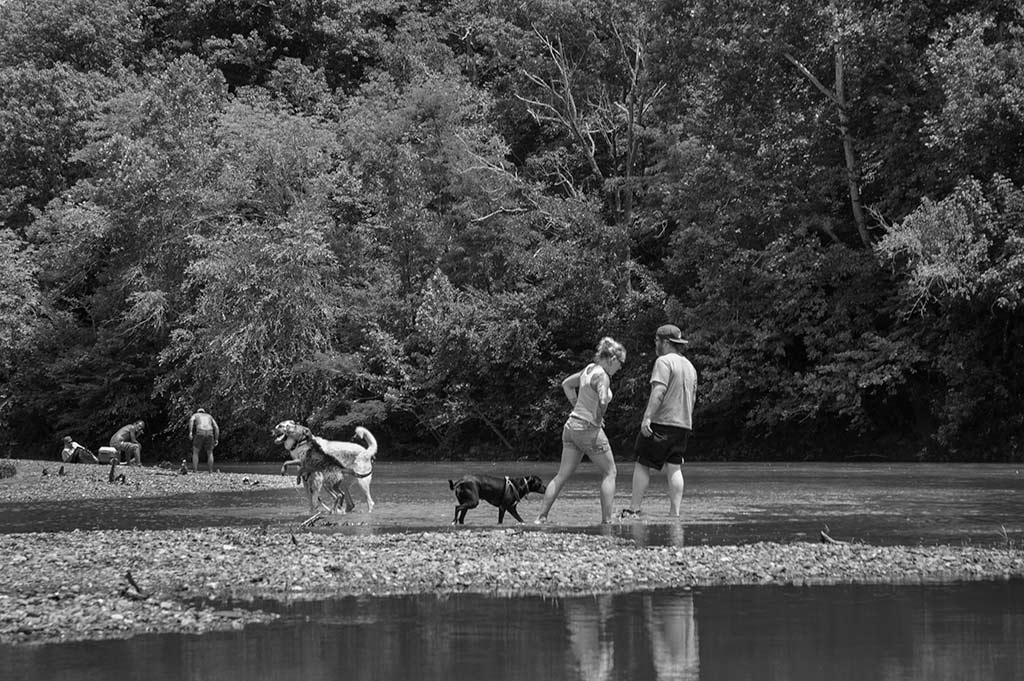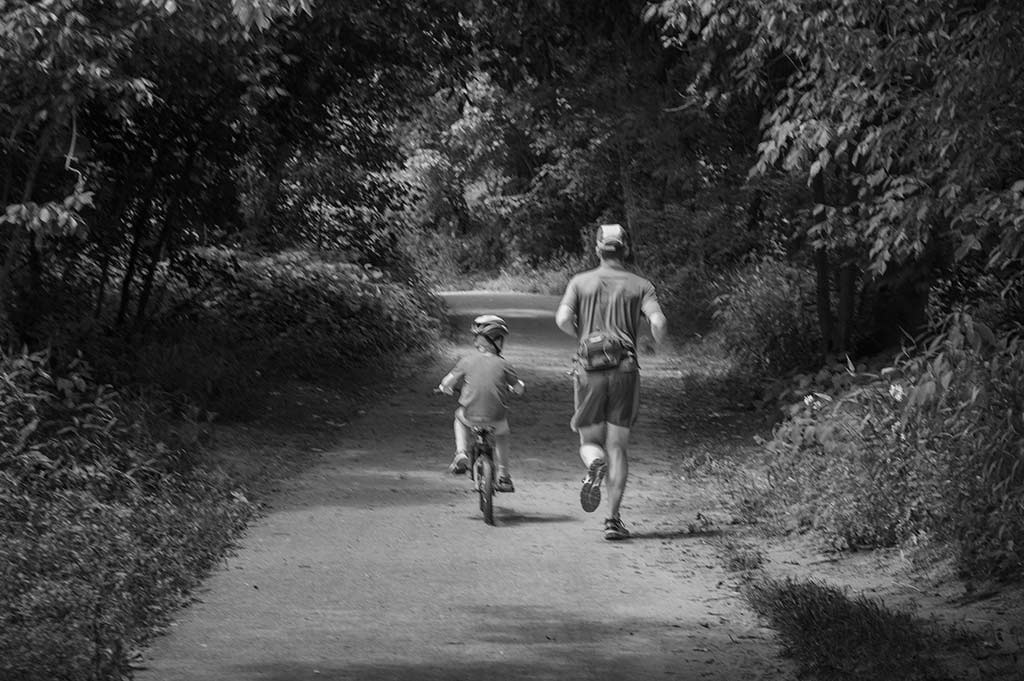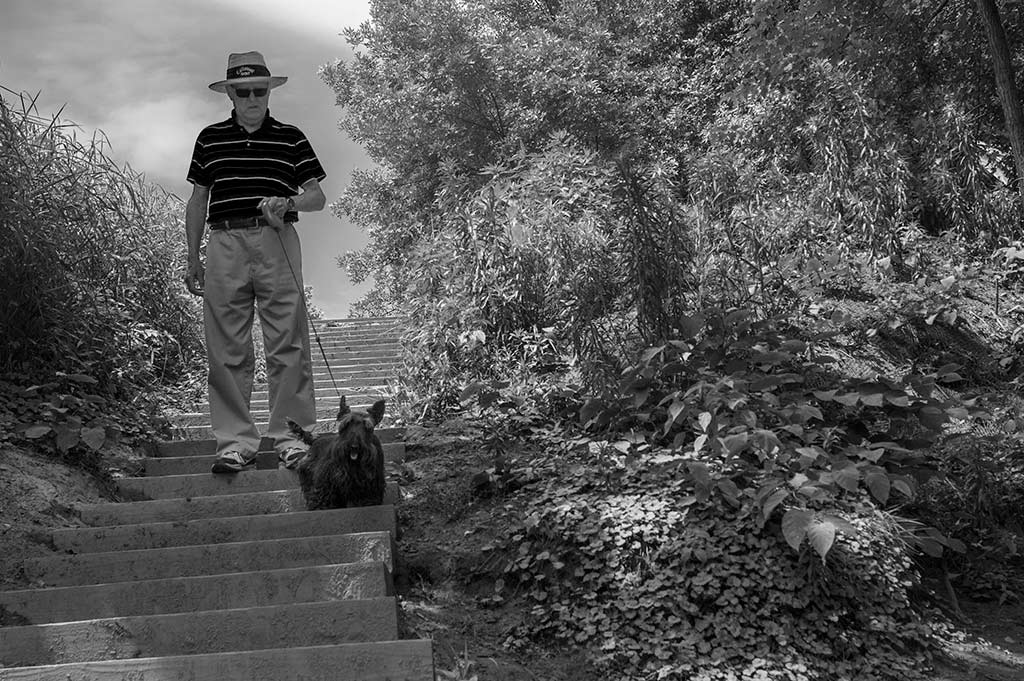
Tuesday April 9 at 6:00 PM the Albemarle Planning Commission will hear a request to remove protective zoning from a forested hillside in the east Belmont Carlton neighborhood. The request comes on behalf of Elemental Ecotech, the owner of the property, who see the island of green at the perimeter of their recently denuded site as an impediment to their development efforts.
The applicant has an approved site plan for the bare dirt area showing 3.32 acres of impervious surface (12 buildings + sidewalks, roads and parking). The trees at the perimeter of the lot have survived because they are on hillsides protected by the Albemarle County’s preserved slopes overlay (Albemarle County Code 30.7)
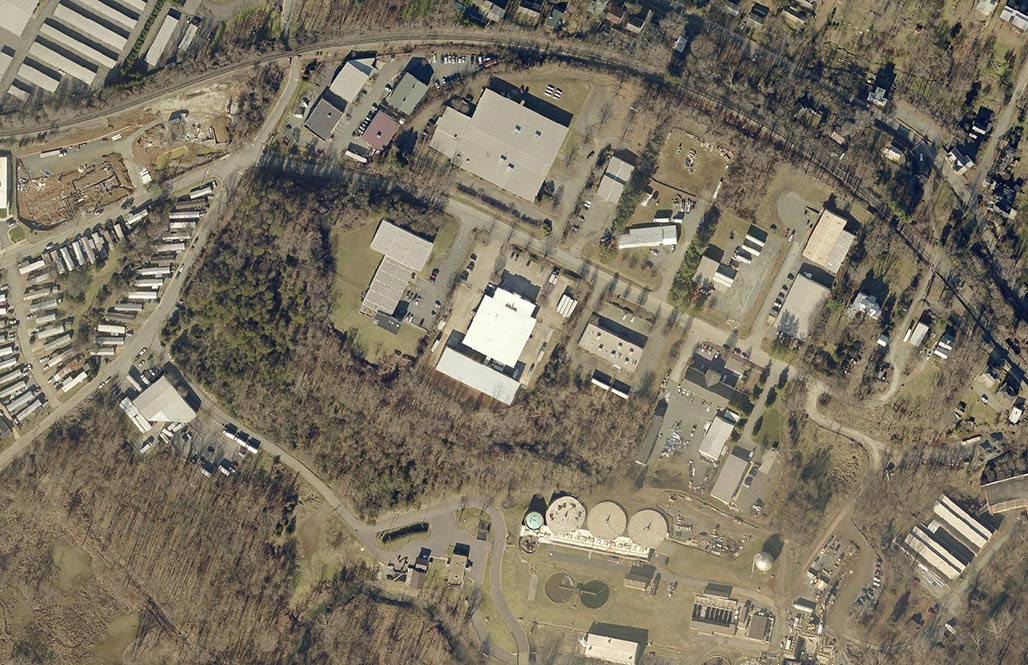
County staff have previously determined that the property can be developed with the protective zoning overlay in place, but staff is now recommending the approval of the zoning change.
Why do we care?
Development will occur on this site, but it must be done as thoughtfully as possible.
Ask Albemarle to be sensitive to global warming, stormwater runoff, natural habitat and native flora and fauna.
Ask Albemarle to preserve our cultural and natural assets, those things we love about our home, Piedmont Virginia.

This part of Central Virginia is magical. The forested hillside in question is less than a mile from Monticello, less than a mile from the point where the Rivanna River flows through the Southwest Mountains.
There is much to be gained by smart, thoughtful considerate guidance provided to future development by Albemarle County officials. Careful planning here represents a further step toward regional cooperation, everybody wins. (Franklin Street is the boundary between City and County).

Please!
Consider writing the Albemarle County Planning Commission and Board of Supervisors:
PlanningCommission@albemarle.org
bos@albemarle.org
Ask them:

Consider attending and speaking at the public hearing, County Office Building, 401 McIntire Rd, Charlottesville, VA 22902. 6:00PM April 9.
p.s. This is the 2nd time there has been a request to remove slopes on this parcel.
The first time was in 2015. http://woolenmillsneighborhood.org/blog/wmna-board-franklin-hill-letter/
